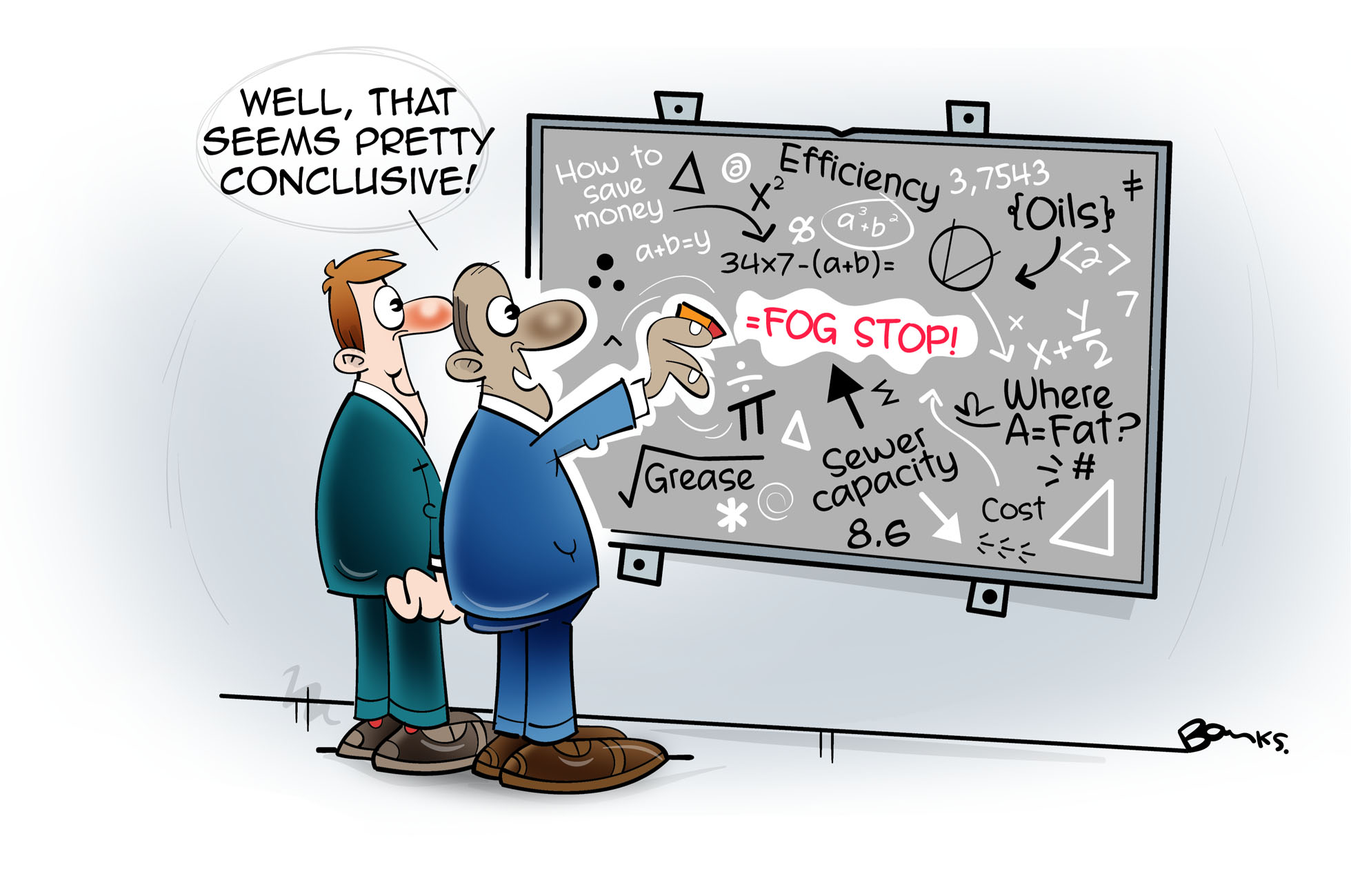Wastewater Treatment Solutions
At Next Water Treatment, our wastewater treatments solution offers enhancement of activated sludge treatment processes. This gives a saving of 20% of Carbon (Aeration energy) and returning operational savings direct to the bottom line. Attendant compliance improvements can be further enhanced with tertiary treatment using next sand filtration. FGX3 is also used to remove biofilm on membrane treated wastewater activated sludge reactors with a measurable increase in membrane flux.
FGX3
The formulation is based upon reducing Interfacial Tension (IFT). The cleaning efficiency of detergents is based upon surface tension (ST) and IFT. ST is largely responsible for foam formation and spreading, which is important for some consumer products. Foaming is undesirable in industrial cleaners and wastewater treatment and IFT (penetration ability) is the critical factor in preliminary assessment.
Although the protein ingredient in FGX3 is not in itself a surfactant some proteins behave similarly and the combination with some surfactants (Protein Surfactant Complexes PSCs) causes a substantial reduction in IFT compared to surfactants alone:
IFT Reduction when FGX3 used in combination with an Alfoterra branched-tail extended surfactant.
Oil/water IFT, 0.6% surfactant (Pendant Drop)
| Surfactant | No Proteins | With Proteins | Reduction |
|---|---|---|---|
| C12 – C13 – 4PO | 0.352 | 0.303 | 14% |
| C12 – C13 – 8PO | 0.128 | 0.112 | 12% |
| C14 – C15 – 4PO | 0.093 | 0.067 | 28% |
| C16 – C17 – 4PO | 0.360 | 0.320 | 11% |
The protein surfactant combination protects the stability of the surfactant at high temperatures and the complex is stable across a broad pH range and in saline solutions.
Systematic reduction in critical micelle concentration (CMC) values has been found for combinations of various surfactants with the fermentation proteins (detailed in the agri PDF)
Synergistic Enhancement of Bio-decontamination and Bio-remediation by the Natural Microflora
How Safe Is It?
UC Irvine conducted bench studies that demonstrate FGX3 affects bacterial cell populations as a mild, non-toxic and non-biocidal uncoupler of oxidative phosphorylation. In an aerobic wastewater process it separates (Uncouples) the formation of adenosine triphosphate (ATP) by increasing the permeability of bacterial membranes by hydrogen ions, while lifting the phosphorylation control over the electron transfer. As a result the uptake of nutrients (organic contaminants expressed as BOD/COD concentration) is environmentally accelerated with the attendant production pof bacterial biomass is slowed down. In biofilm control, this also helps with the accumulation of polysaccharide layers that the bacteria form to create proliferation conditions. Instead bacterial drive to form ATP speeds up the consumption of the polysaccharide material destroying the established biofilm.
FGX3 and associated materials have common bakers yeast fermentation products as a base. Other materials are selected to be food grade in accordance with FDA 21 CFR Parts 182 & 184 GRAS (Generally recognised as safe) &/or FDA 21 CFR 178.3400. The formulation and its derivitives are pH neutral in water and do not contain Volatile Organic Compounds (VOC). FGX3 does not display protease or lipase enzymatic activity, contains some amylase and traces ofphosphatase. Applications in food and potable water industries are based on toxicology and environmental assessments provided by licenced organisations. We very pleased to state that FGX3 has been accepted by regulatory agencies both in the USA and internationally
Industry Applications

Agriculture
Growth adjuctant. Increases foliar uptake

Rivers & Canals
Enhances river needs targets for: DO, P, BOD5

Abattoirs & Pet Food Processing
Mitigates FOG and improves WWTW compliance

Municipal Water & Sanitation
Energy, compliance, process, FOG improvements.

Food & Drink
Can be regarded as a Protein Surfactant Synergist PSS™

Industrial Processing
Regulatory charges reduced. Processes enhanced


